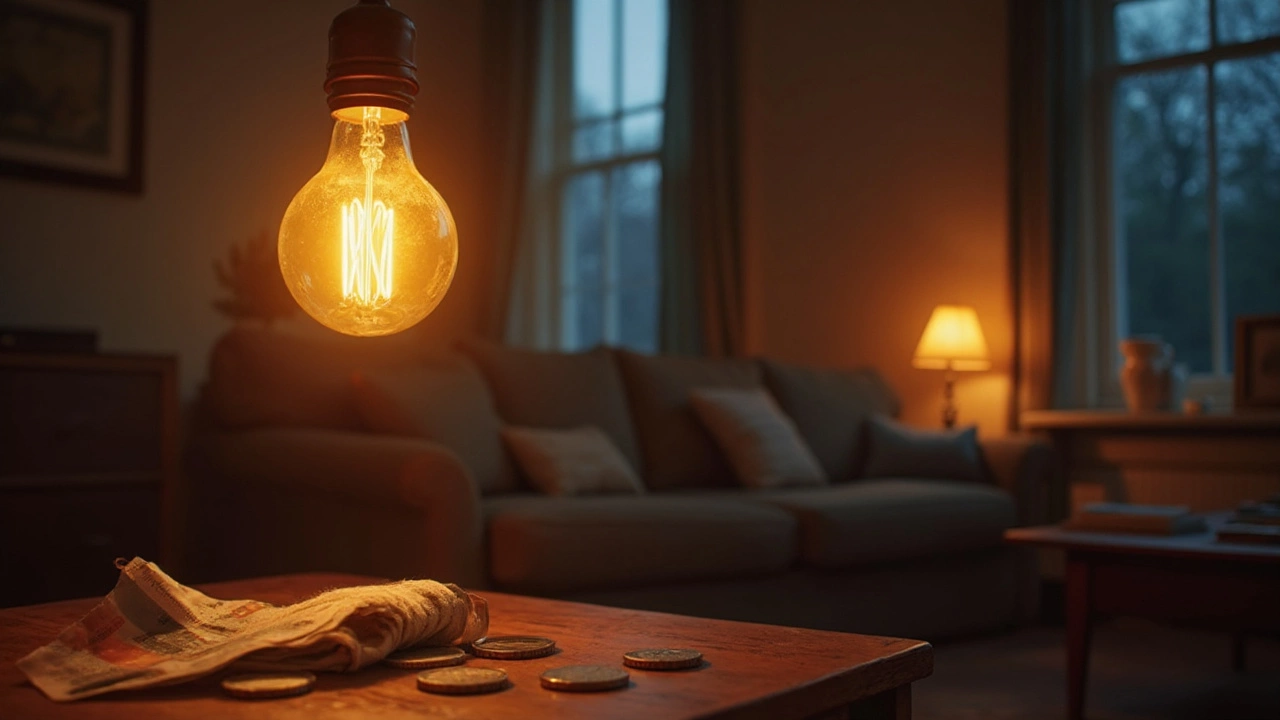Inefficient Lighting – What It Is and How to Fix It
Ever walk into a room and feel like the light is harsh, dim, or just plain wrong? Chances are the fixtures are using more power than they should. Inefficient lighting not only spikes your electricity bill, it can strain your eyes and make a space feel uncomfortable. The good news? You can spot the problem fast and swap it out without a full renovation.
Common Signs of Inefficient Lighting
First, look for bulbs that flicker or buzz. Those little noises often mean the fixture is pulling more current than the bulb can handle. Second, check the color of the light. If it feels overly yellow or stark white, the color temperature may be off, causing you to use extra lamps to balance the look. Third, notice the heat. Old halogen or incandescent lights give off a lot of warmth—if a ceiling light feels hot to the touch, it’s wasting energy as heat instead of light.
Another red flag is the number of lights you need to turn on. A well‑designed room should only need one or two sources for even illumination. If you’re stacking floor lamps, table lamps, and ceiling lights just to get enough brightness, the main fixture is probably under‑performing. Finally, compare the wattage on the bulb to the light output you actually see. A 60‑watt bulb that looks as bright as a 15‑watt LED is a clear sign of inefficiency.
Easy Ways to Improve Lighting Efficiency
Start by swapping out old incandescent or halogen bulbs for LED equivalents. LEDs use about 75% less energy and last ten times longer. When picking an LED, match the lumens (brightness) to what you need, not just the wattage label. A 10‑watt LED can give you the same light as a 60‑watt incandescent.
Next, think about placement. Move light sources closer to work areas—like a desk lamp for a home office—so you don’t have to crank up the whole room’s brightness. Add dimmer switches where you can. Dimmer circuits let you lower intensity in evenings, cutting power use without buying new fixtures.
If you have a lot of overhead lights, consider retrofitting them with smart bulbs. These let you adjust color temperature and schedule on/off times via an app. Setting lights to turn off automatically when the room is empty can shave off extra watts you’d otherwise waste.
Don’t forget natural light. Pull back curtains during the day and let sunlight do the heavy lifting. A well‑placed mirror can bounce daylight deeper into a room, letting you keep electric lights at a lower setting.
Finally, audit your whole house once a year. Walk through each room, note any flickering or hot fixtures, and list the bulbs that need replacing. A quick audit often reveals a handful of problem spots that, once fixed, lower the whole bill.
By catching inefficient lighting early and swapping to modern, low‑energy options, you’ll see an immediate drop in your electricity cost and a brighter, more comfortable home. It’s a small change with a big payoff.
Most Inefficient Residential Lighting: Why Old Bulbs Still Drain Your Wallet
- Gavin Whitaker
- |
- |
- 0
Wondering what's draining your energy bill at home? This article digs into the most inefficient type of residential lighting and explains why old-school bulbs burn more than just light. You'll learn about how much energy goes to waste, why it costs you more, and what better options to use instead. We'll also bust some common lighting myths and give you real-life tricks to cut energy use. Stay ahead and make your home brighter and cheaper to run.
View more